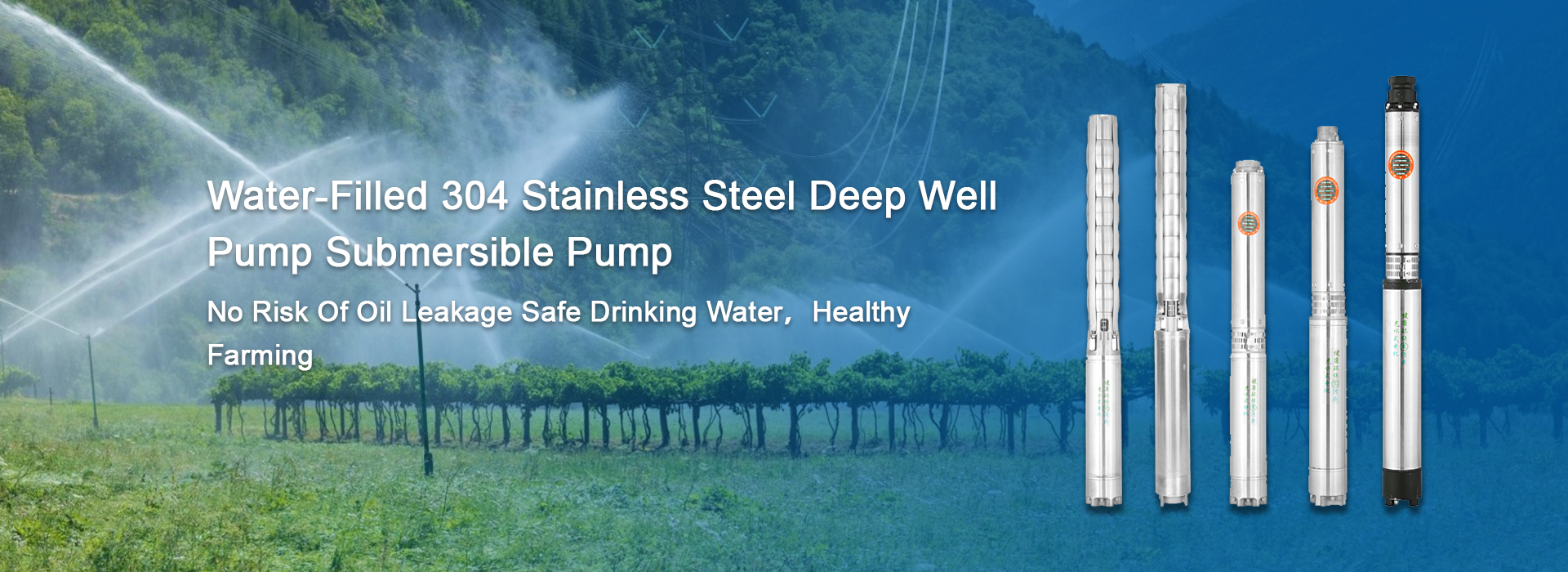Jul . 31, 2024 20:31 Back to list
Choosing the Right Fittings for Your Submersible Pump Installation and Optimal Performance
Understanding Submersible Pump Fitting A Comprehensive Guide
Submersible pumps have become an essential equipment in various fields such as agriculture, construction, and wastewater management. These pumps are designed to operate underwater, enabling efficient fluid transfer from deep wells or submerged sources. At the heart of a submersible pump's functionality lies its fitting components, which play a crucial role in ensuring optimal performance and longevity. This article delves into the importance of submersible pump fittings, their types, and best practices for installation.
The Importance of Fittings in Submersible Pumps
Fittings are the connectors that facilitate the integration of the pump with pipes, hoses, and other components in a fluid transfer system. Proper fittings ensure a leak-free connection, minimizing the risk of fluid loss and maintaining system efficiency. In submersible pump installations, these fittings must withstand high pressures and corrosive environments, which makes selecting the appropriate materials and designs pivotal.
Types of Submersible Pump Fittings
1. Discharge Fittings These fittings connect the pump's discharge outlet to the discharge pipe. They are crucial for directing the fluid flow to the desired location. Materials like stainless steel and PVC are commonly used due to their resistance to corrosion and ability to handle varying pressures.
2. Intake Fittings Located at the bottom of the submersible pump, intake fittings are essential for drawing water or other fluids into the pump. These fittings usually come with strainers or filters to prevent debris from entering and damaging the pump's internals.
3. Adapter Fittings In cases where different pipe sizes or types must be connected, adapter fittings are used. These fittings ensure compatibility between various components, allowing for flexible system designs.
4. Check Valves While not a traditional fitting, check valves are critical for preventing backflow in submersible pump systems. They help maintain the pressure in the system when the pump is not in operation, reducing wear and tear on the pump.
submersible pump fitting

Best Practices for Installation
1. Choose Quality Materials Always opt for fittings made from durable materials that are compatible with the fluid being pumped. Corrosion-resistant materials are preferable, especially in harsh environments.
2. Correct Sizing Ensure that fittings match the size of the pump's outlets and the corresponding pipes. Mismatched sizes can lead to leaks, decreased efficiency, and increased wear on the pump.
3. Secure Connections Properly tighten and secure all fittings during installation. This prevents leaks and ensures that the system can handle the pressure without any failures.
4. Regular Maintenance Periodically check fittings for signs of wear, corrosion, or looseness. Early detection of issues can save significant costs associated with repairs or replacements.
5. Professional Assistance If uncertain about the installation process or selection of fittings, it is prudent to consult with a professional. Experts can provide tailored advice to ensure a reliable and efficient pump system.
Conclusion
In summary, submersible pump fittings are integral to the overall efficiency and reliability of the pumping system. Understanding the various types of fittings, their functions, and the best installation practices is essential for anyone involved in the selection, installation, or maintenance of submersible pumps. By prioritizing quality and proper installation, you can ensure that your submersible pump operates effectively, providing reliable service for years to come. Whether in agricultural applications, construction projects, or wastewater management, well-fitted submersible pumps are critical for seamless fluid transfer.
-
Water Pumps: Solutions for Every Need
NewsJul.30,2025
-
Submersible Well Pumps: Reliable Water Solutions
NewsJul.30,2025
-
Stainless Steel Water Pumps: Quality and Durability
NewsJul.30,2025
-
Powerful Water Pumps: Your Solution for Efficient Water Management
NewsJul.30,2025
-
Oil vs Water Filled Submersible Pumps: Which is Better?
NewsJul.30,2025
-
Deep Well Pumps: Power and Reliability
NewsJul.30,2025
-
 Water Pumps: Solutions for Every NeedWhen it comes to handling dirty water, the dirty water pump is a must-have.Detail
Water Pumps: Solutions for Every NeedWhen it comes to handling dirty water, the dirty water pump is a must-have.Detail -
 Submersible Well Pumps: Reliable Water SolutionsWhen it comes to ensuring a reliable water supply, submersible well pumps are a top choice.Detail
Submersible Well Pumps: Reliable Water SolutionsWhen it comes to ensuring a reliable water supply, submersible well pumps are a top choice.Detail -
 Stainless Steel Water Pumps: Quality and DurabilityWhen it comes to choosing a water pump, the stainless steel water pump price is a crucial factor.Detail
Stainless Steel Water Pumps: Quality and DurabilityWhen it comes to choosing a water pump, the stainless steel water pump price is a crucial factor.Detail
